For most of us, workplace safety is something that we take for granted. Most of us get up and go to work each morning without thinking twice about any potential dangers that we may face throughout the day. We sit at our desks, take phone calls, hit the break room for coffee, and head home at the end of the day prepared to do it all again tomorrow.
But, what about lone workers? If you’re wondering what a lone worker is, it’s actually very simple. A lone worker is any worker who is alone throughout the work day. You know who they are. Common lone workers are delivery drivers, in-home customer-facing repair or maintenance workers, lab technicians, or even workers who work late into the night alone in the office.
Lone workers are unable to take workplace safety for granted. Like all of their colleagues, they have rich personal lives that are very important to them. Lone workers have families that they want to make sure that they get home to at night. Lone workers have vacations that they want to take and dinner parties with their friends that they want to get to.
Unfortunately, they face a lot more danger than their fellow workers who are typically in groups.
Dangers that lone workers face on a daily basis are:
1. They are unable to easily communicate with management or their colleagues.
2. They face the risk of having long response times to medical emergencies.
3. They face higher risks of workplace violence.
4. They face higher risks of vehicular accidents and face long response times to these accidents.
So, how should you go about monitoring your lone workers?
This is a great question and, unfortunately, something that not enough businesses have spent enough time thinking about. Imagine the pain that could be caused by a missed check-in or call for help going unnoticed by a lone worker’s supervisor who is driving, in a meeting, or doing any of the other countless tasks they are responsible for that day. Not only can this cause extreme friction within your team when it comes to trust and morale, but it could also have serious legal implications for your business that you need to do everything in your power to avoid.
When it comes to the monitoring of your lone workers, you have two options. The first option is in-house monitoring. This is where your management team is in charge of the monitoring of your lone workers through manual check-ins or receiving alert notifications from a lone worker software. Although this isn’t the preferred method for monitoring your lone workers, there is one benefit worth mentioning.
It is cheaper to monitor lone workers in-house. Because you already have a management team in place, you don’t have the added expense of a third-party vendor when you utilize in-house monitoring.
As stated above, in-house monitoring is not the preferred method of monitoring your lone workers. There are some benefits to in-house monitoring, but the cons far outweigh the pros.
Here are two clear benefits to using a third-party monitor for your lone workers:
1. 3rd party monitoring vendors offer 24/7 service - Your management teams want to go home at a reasonable hour, unfortunately, many lone workers work outside of normal 9-5 hours. Using a 3rd party monitoring vendor ensures that your lone workers are being monitored at all times no matter the schedule of their supervisors.
2. 3rd party monitoring allows for greater employee satisfaction- Your managers have many different things going on at once. Of course, they care about the safety of their team members, but nobody wants to be overwhelmed with work that they don’t have enough time to complete in a satisfactory way. Imagine the implications of a manager missing an emergency call because they are focused on completing another task. It could be disastrous for your business, the manager and the employee.
The bottom line is…
You should use 3rd party monitoring for the lone workers in your business. The benefits far outweigh the drawbacks and will help to ensure that your operational efficiency and levels of safety are far higher. These two reasons alone are more than enough to convince any executive of this being a necessity, but there are so many other benefits.
The access to data and the convenience of having your own “911” are just icing on the cake when it comes to the monitoring of your lone workers.
Even the cost will take care of itself in the end. Sure, it’s cheaper in the short-term to use in-house monitoring for your lone workers. But, the costs of an emergency that your business was unprepared for is far higher than the relatively low cost of a 3rd party monitoring partner.
At Telelink, we have invested in ISC-100 training for our emergency response agents to ensure they are always prepared for the calls we never want to get. Click here to learn more about our emergency and safety services.




Post a Comment